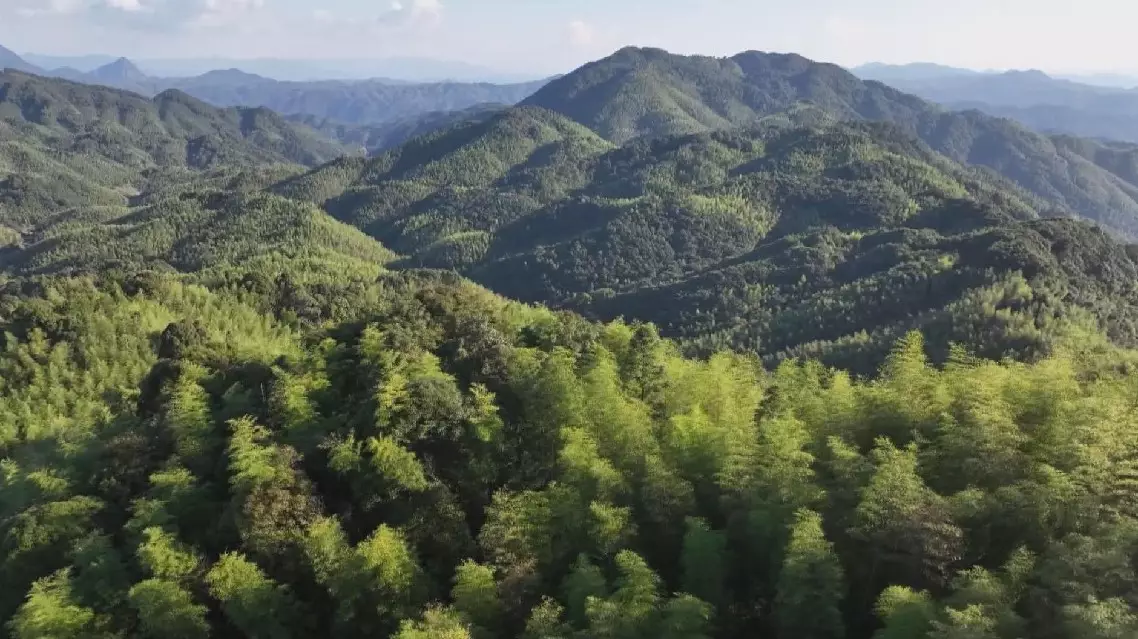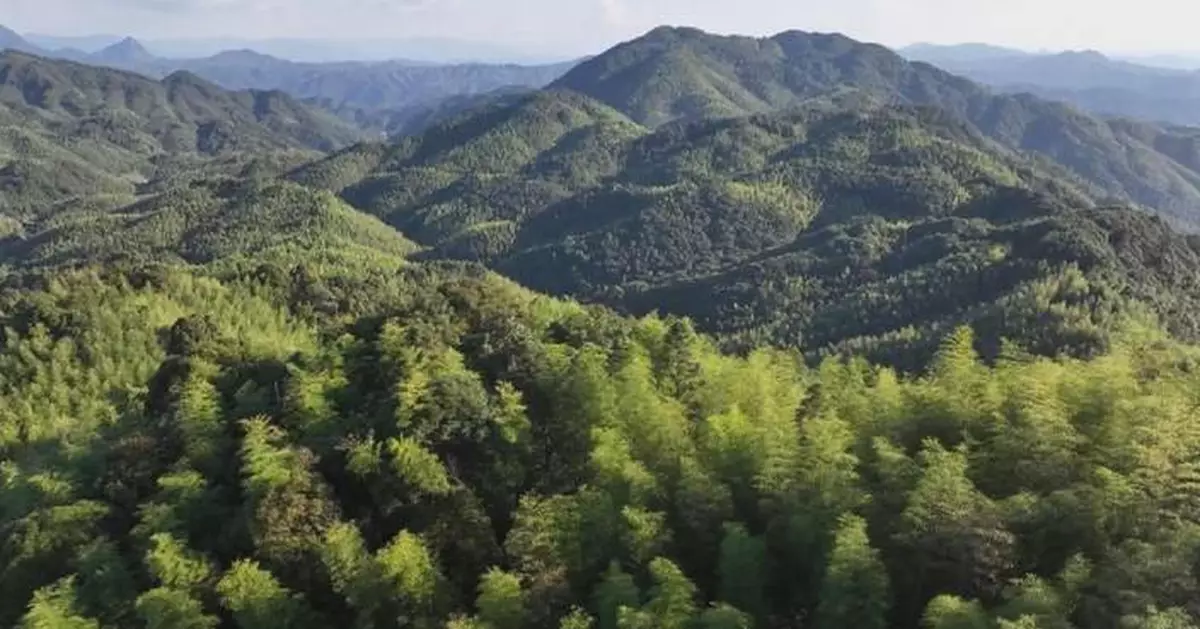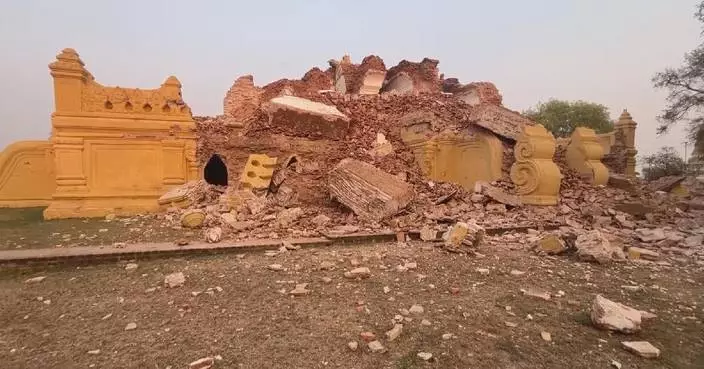Sanming City, a major collective forest area in east China's Fujian Province, is stepping up its efforts to reform the collective forest tenure system to promote green development and increase local farmers' incomes.
By 2025, China aims to form a collective forest tenure system with clear ownership, unified responsibilities and rights, strict protection, orderly circulation and effective supervision, according to a government plan issued last year.
As early as 2021, Sanming issued China's first forest carbon credit stamp to the village committee of Changkou Village, in a move to use market mechanisms to reduce carbon emissions.
Forest carbon credits are permits for companies to emit a certain amount of carbon dioxide. They are converted from added forest areas and the amount of carbon they can capture. Farmers who own forests areas can have these credits, and they can sell them to companies that need to offset their carbon emissions. Essentially, companies buy these credits as an investment in forestry to balance out their own carbon footprint.
"During large events, various forms of transportation and energy use lead to carbon emissions. To offset this, companies purchase forest carbon credit stamps to achieve carbon neutrality," said Wu Hui, deputy director of the municipal Forestry Bureau of Sanming.
The first forest carbon credit stamp was sold for 140,000 yuan (19,544 U.S. dollars), and each villager received a share of the profit. So far, Sanming has launched 49 forestry carbon credit projects, offsetting 1.12 million tons of carbon.
In addition, trading these ecological products has turned good environmental practices into real income, further encouraging more people in Sanming to plant and protect forests.
"After years of protecting our environment, we're now starting to see the financial rewards. We all feel that we should keep taking care of our ecosystem, and make our efforts more rewarding," said Zhang Linshun, a local official.
At the rural property-rights exchange center in Fujian's Shaxian County, online auctions are held for forest rights and carbon credits. Earlier this year, the 20-year management rights for a 1,035-acre bamboo forest in Heshan Village started bidding at 600,000 yuan (83,761 U.S. dollars) and were sold for 1.03 million yuan (143,790 U.S. dollars).
"Over 99 percent of these transactions are now conducted through online auctions. The market and investors determine the value of these assets. This is very different from traditional village transactions. As the market grows, both buyers and sellers will see greater increases in asset value and sale prices," said Wang Zhongyuan, deputy general manager of the center.
As of August 8 this year, the exchange center has completed 3,091 transactions, with a value of 2.11 billion yuan (about 294.6 million U.S. dollars).

Sanming City in Fujian upgrades collective forest tenure system

















































